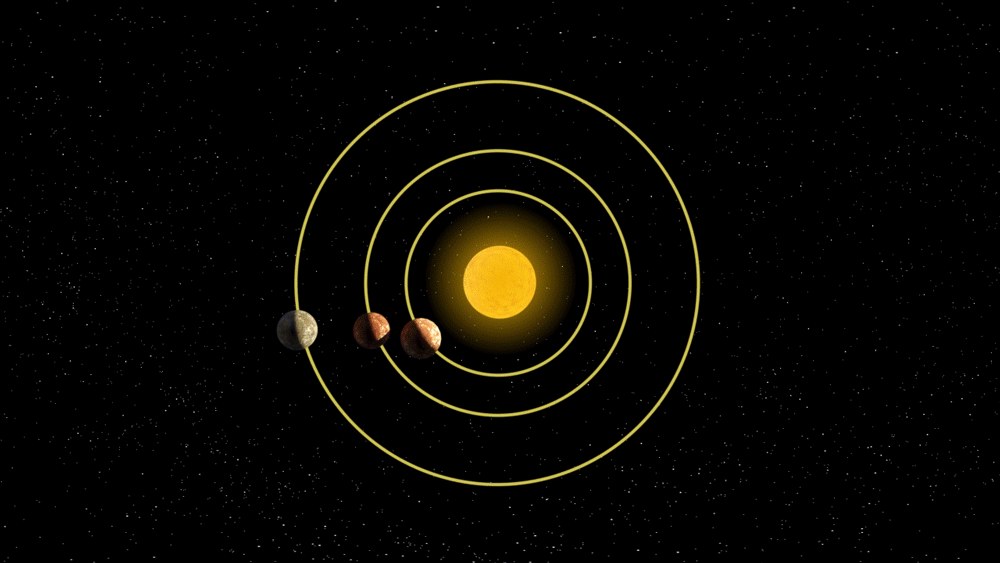
Although a major cause of change over long periods of time in the past, Earth’s spin, tilt and orbit changes so slowly that it is not a cause of global warming and climate change today.Ĭhanges in Earth’s spin, tilt, and orbit have affected the Earth system in the past on various scales. Subsequently, scientists have found extensive evidence of Milankovitch cycles preserved in the geologic record, especially in layers of sediment and fossils in ocean basins that preserve chemical changes in the ocean and atmosphere during glacial and interglacial periods. Milankovitch predicted that glacial periods occur during times of low summer insolation at high latitudes in the northern hemisphere, which would allow ice sheets to remain from year to year without melting.

These patterns of ice ages, also called Milankovitch cycles, were predicted by the Serbian scientist Milutin Milankovitch. In turn, changes in insolation over these long periods of time can change regional climates and the length and intensity of the seasons. The Earth’s spin, tilt, and orbit continue to change today, but do not explain the current rapid climate change.Ĭhanges in insolation result in cycles of ice ages, during which ice sheets expand (glacial periods) and contract (interglacial periods). Over 10s to 100s of thousands of years, these small changes in the position of the Earth in relationship to the Sun can change the amount of solar radiation, also known as insolation, received by different parts of the Earth. Small changes in Earth’s spin, tilt, and orbit over these long periods of time can change the amount of sunlight received (and therefore absorbed and re-radiated) by different parts of the Earth. Additionally, how much Earth’s axis is tilted towards or away from the Sun changes through time, over approximately 41,000 year cycles. Over 19,000 – 24,000 years, the direction of Earth’s tilt shifts (spins). Over approximately 100,000 – 400,000 years, gravitational forces slowly change Earth’s orbit between more circular and elliptical shapes, as indicated by the blue and yellow dashed ovals in the figure to the right. Over long periods of time, the gravitational pull of other members of our solar system slowly change Earth’s spin, tilt, and orbit. As the Earth orbits the Sun, the Earth is pulled by the gravitational forces of the Sun, Moon, and large planets in the solar system, primarily Jupiter and Saturn. 4 (Sep., 2001), pp.Daily changes in light and temperature are caused by the rotation of the Earth, and seasonal changes are caused by the tilt of the Earth. This assumes both the planet’s orbit around the sun and the satellite’s orbit around the planet are circular, which is a good approximation in our examples. Let p be the number of times the moon or satellite orbits the planet as the planet orbits the sun (the number of sidereal periods). Choose units so that the distance to the moon or satellite is 1 and let d be the distance from the planet to the sun. Note that the vertical and horizontal scales are not the same it would be hard to see anything but a flat line if the scales were the same because the satellite is far closer to the earth than the sun. The plot above shows about one day of an MEO satellite’s orbit around the sun. The path of a MEO satellite around the sun is not convex. Such a satellite orbits the earth roughly twice a day. Orbital period determines altitude and vice versa.Ī more realistic example would be a satellite in MEO (Medium Earth Orbit) like a GPS satellite. However, the nothing could orbit the earth 10x faster than the moon at the same distance as the moon. If the moon orbited the earth much faster, say 10 times faster, at the same altitude, then we see that the orbit is indeed bumpy.

But in fact the shape of the moon’s orbit around the sun is convex as proved in and illustrated below. You might expect it to be bumpy, bending inward when the moon is between the earth and the sun and bending output when the moon is on the opposite side of the earth from the sun. The earth’s orbit around the sun is nearly a circle, and the moon’s orbit around the earth is nearly a circle, but what is the shape of the moon’s orbit around the sun?


 0 kommentar(er)
0 kommentar(er)
